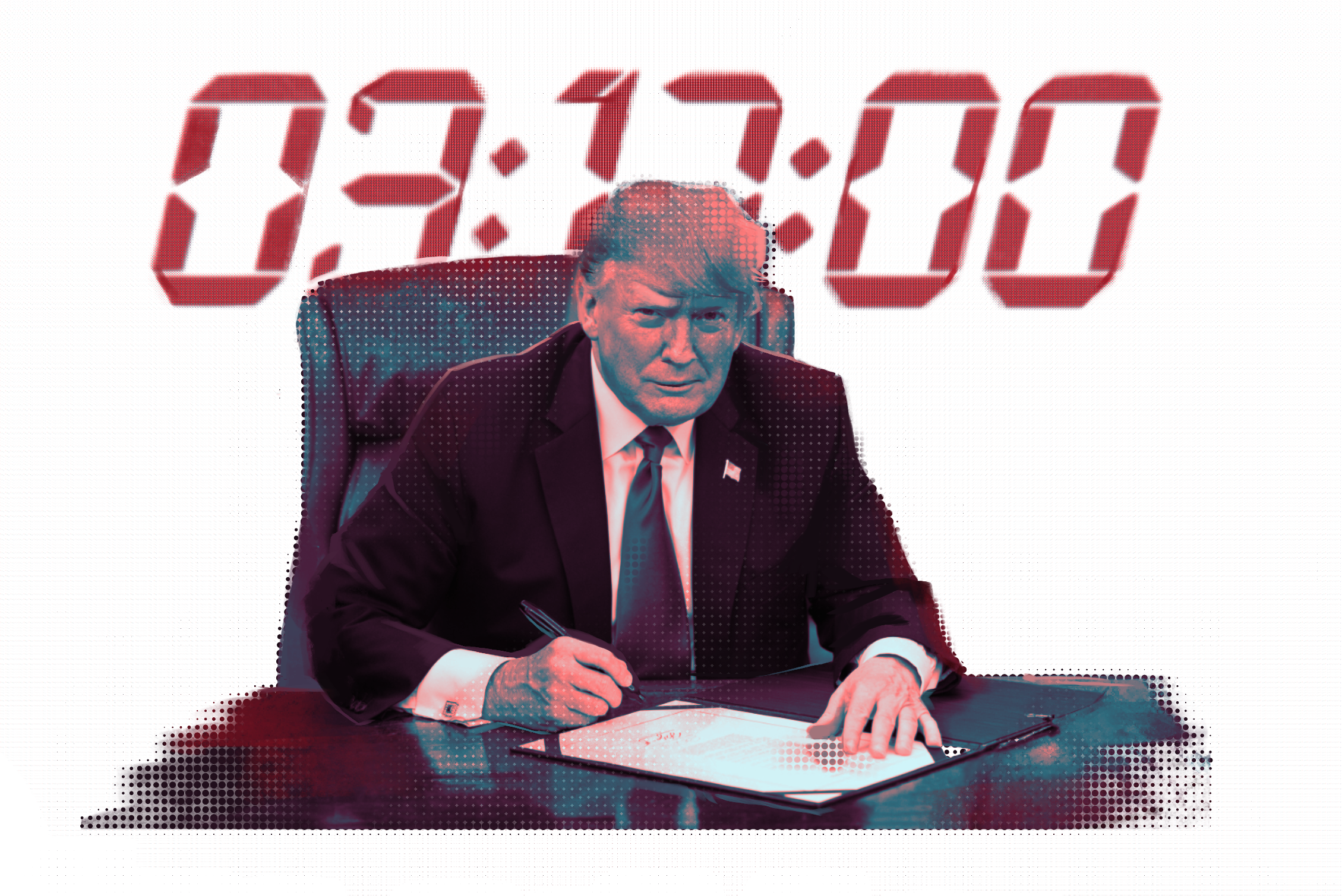By K.H.
Keir Starmer’s reshuffle earlier this month was regarded by some as a political masterclass. Broadcast commentators and key London papers pointed out how he had skilfully brought in Blair-era political allies and had gradually alienated many of his previous internal opponents. Amidst this, a vital question is now being asked: what will a Labour government look like? Starmer’s decisions in that reshuffle were more complex, framed as a team for the next general election. Keen politicos will note that this careful wording implies the current Shadow Cabinet may not resemble any subsequent government. Nobody knows what the government will look like or what it will really be aiming for.
The headline of the day was Angela Rayner’s capture of the Levelling-Up brief and Lisa Nandy’s subsequent demotion to be the shadow minister for international development. Though it was previously a department in itself at the start of this parliament, it has since become a ministry within David Lammy’s Shadow Foreign Office portfolio due to government department reshuffling. The displacement reportedly upset Nandy but indicated that Starmer has become less challengeable – Nandy accepted the decision and labelled herself a ‘team player’ according to insiders. She had also done this before, in 2021, when she was demoted from Shadow Foreign Secretary to Shadow Levelling-Up. By her judgement, it is always better to be inside the decision-making bubble than to leave it and have no influence. Besides this, perhaps she considered that it remains unclear what place ‘Levelling-Up’ may have in the next Labour manifesto, given this term was pioneered by Boris Johnson and the 2019 Tory cohort, not by Labour themselves.
Not everyone agreed with Nandy’s approach. Others who have also identified themselves as politically distinct from Starmer, like Rosena Allin-Khan, who is a practising NHS doctor alongside her role as an MP, resigned from the frontbenches rather than be further pushed out. Allin-Khan wrote in her resignation letter that Starmer didn’t see a space for a mental health portfolio in the Cabinet. She also reportedly privately critiqued Wes Streeting, current Shadow Health Secretary, for suggesting that private services be utilised to bring down NHS waiting lists. Her criticism is particularly salient given it is one of the few times that a non-Corbyn-allied MP has openly attacked Opposition policy.
Given current polling numbers, Labour is undoubtedly set to win the next election, perhaps even with a record majority. Determining the size of the majority will be complex, relying on a range of regional factors falling into line. This is especially the case in Scotland, where in a best-case scenario, approximately 40 to 50 seats currently held by the SNP, could flip to Labour (though it is more likely to be around 20, with most of Labour’s renewed support coming from the North of England and London). The upcoming by-election in Rutherglen and West Hamilton (touted as a Labour-SNP bellwether contest) should give us some indication of whether this might be possible.
If Labour does win the next general election, Starmer’s top team would have access to a wealth of new MPs (perhaps more than 200) who could serve as ministers or secretaries of state. Additionally, if current polling holds true, for the first time since the early 2000s, Labour would hold absolute power in Parliament. The likelihood that some of the supposedly ‘senior Labour MPs’ from times past will lose their currently unassailable position to new but experienced or returning faces is high.
While we probably shouldn’t speculate on which MPs might be targeted for replacement just yet, we can look to Labour’s ‘Five Missions’ to find the ‘protected’ crew. The ministers responsible for these policy areas are Wes Streeting, Bridget Phillipson, Yvette Cooper, Ed Miliband and Rachel Reeves – they’ve been given stylish videos on the Labour website, each explaining their mission. As a former leader and a policy commentator, the most vulnerable of these is Miliband, who has endured multiple briefings against him in recent months — though it is not clear at the moment who is making these claims or why. All of the ‘Five Missions’ were secure at this reshuffle, suggesting the inclusion of his mandate in those targets means he won’t be removed before an election.
The Labour leadership’s reported ruthlessness in alienating perceived political opponents or potentially disagreeable ‘allies’ doesn’t necessarily indicate decisiveness in policy or even in terms of what the cabinet might look like in government. Indeed, what I have discussed here shows there remains a substantial amount of uncertainty about the figures in government and, therefore, the policy agendas likely to be followed. Even the ‘Five Missions’ are relatively vague, mostly setting targets rather than stating how they will be achieved. The factionalist stacking of politicians typically viewed as centrist into the cabinet does indicate they are leaning towards a specific election strategy, but the political playing field will look so different after the next election that it is near impossible to predict what types of personalities will make up the cabinet. This also doesn’t tell us much about the potential impact of rebels in the new Labour government, and how Starmer might deal with factions unhappy they have been sidelined.





